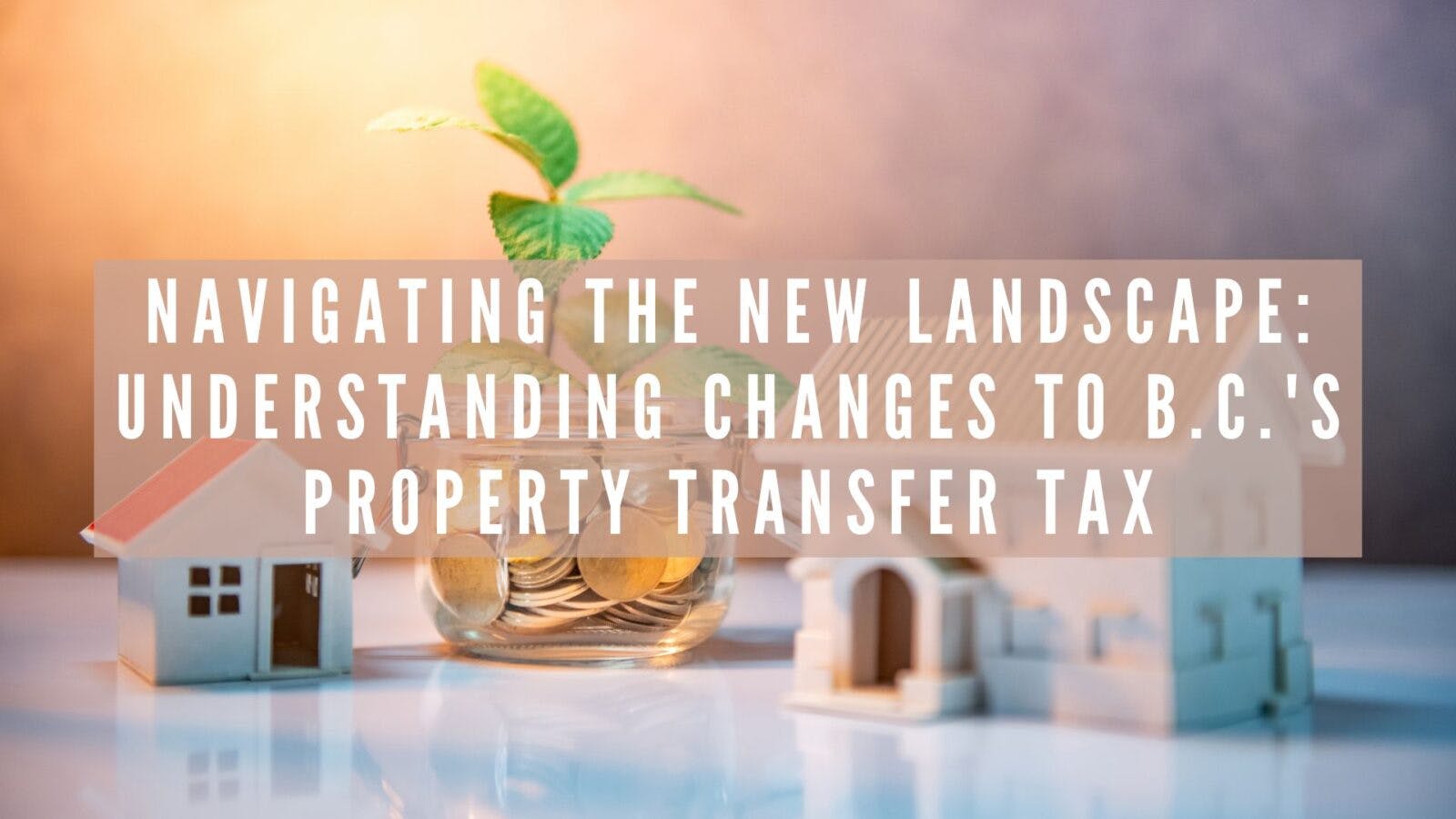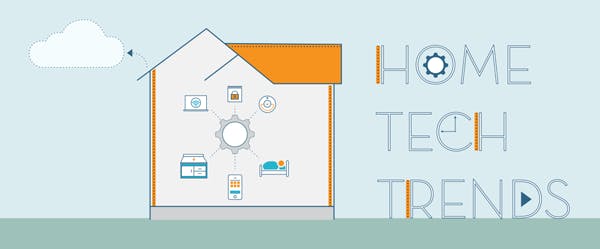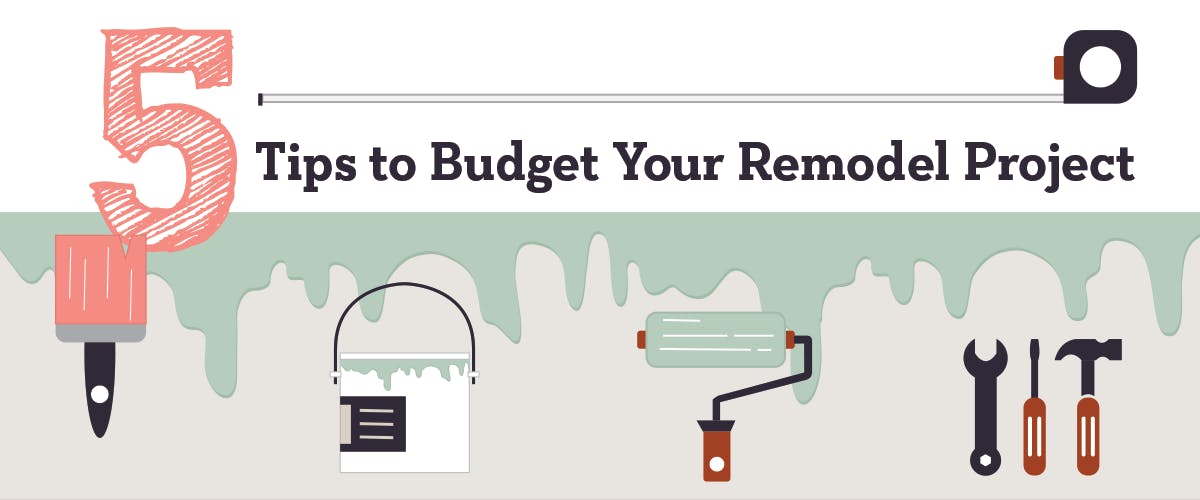The British Columbia government recently made amendments to the Property Transfer Tax, a wave of adjustments is set to impact homebuyers, sellers, and the broader market. Let’s delve into what these changes mean and how they could shape the future of property ownership in B.C.
The Evolution of the Property Transfer Tax
The Property Transfer Tax (PTT), a staple in B.C.’s real estate sector, has seen its impact grow over time. Initially introduced in 1987 as a levy on real estate transactions, the PTT has become a key revenue source for the province. In the fiscal year 2022/23, the PTT generated a substantial $2.026 billion in revenue. However, projections for 2023/24 indicate a decrease to $1.799 billion. This decline reflects the dynamic nature of the real estate market and underscores the importance of understanding the latest changes to the tax.
What Has Changed?
Recent adjustments to this tax have been substantial. They are an effort by the government’s to make housing more accessible for Canadians and stimulate the development of affordable homes. Here’s what’s new as of April 1, 2024:
Expanded Relief for First-Time Homebuyers
In a move lauded by many, the threshold for the First Time Homebuyers Program has been raised from $500,000 to $835,000. This change not only broadens the eligibility criteria but also enhances affordability for first-time buyers. By increasing the threshold, more individuals can step onto the property ladder, a critical step towards homeownership. For more information on eligibility requirements visit https://www2.gov.bc.ca/gov/content/taxes/property-taxes/property-transfer-tax/exemptions/first-time-home-buyers.
Expanded Relief for First-Time Homebuyers
The exemption threshold for new construction homes has been elevated from $750,000 to $1.1 million. To qualify for this exemption, the purchased property must be intended as the buyer’s principal residence. These adjustments are a strategic move to foster affordability and stimulate the market for new construction, making it more attainable for individuals to purchase a new principal residence in British Columbia. For additional information about eligibility requirements visit https://www2.gov.bc.ca/gov/content/taxes/property-taxes/property-transfer-tax/exemptions/newly-built-home-exemption.
Tax Exemptions for Rental Developments
Another pivotal change is the proposal of tax exemptions for eligible purpose-built rental buildings. This policy aims to encourage the development of rental properties, addressing the acute need for more rental options in the province. For more information on this visit https://www2.gov.bc.ca/gov/content/taxes/property-taxes/property-transfer-tax/exemptions/purpose-built-rental-exemption.
The Door Opens Wider: New Exemptions Pave the Way for Buyers
B.C.’s property transfer tax has long been yet another hurdle for those looking to enter the real estate market. The recent enhancements to British Columbia’s PTT exemptions mark a promising stride towards greater housing accessibility. By raising the exemption thresholds for first-time buyers and new construction, these changes stand to ease some of the financial hurdles of entering the housing market. I am personally encouraged by these reforms and hopeful that they will offer substantial relief to homebuyers, enabling more individuals and families to achieve the dream of homeownership in our vibrant communities.
Stay Informed
To stay up to date on changes in the real estate industry you can sign up to receive our monthly newsletter here: https://mailchi.mp/4559844c393f/kyle-real-estate-newsletter-signup.








